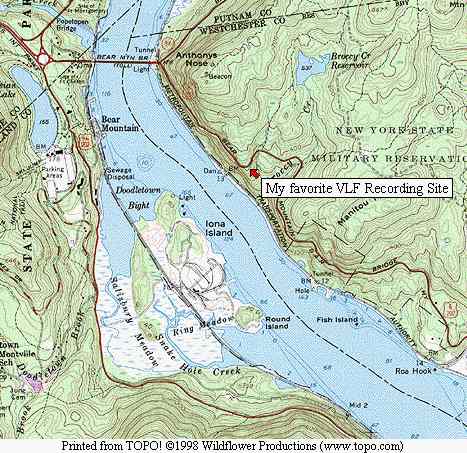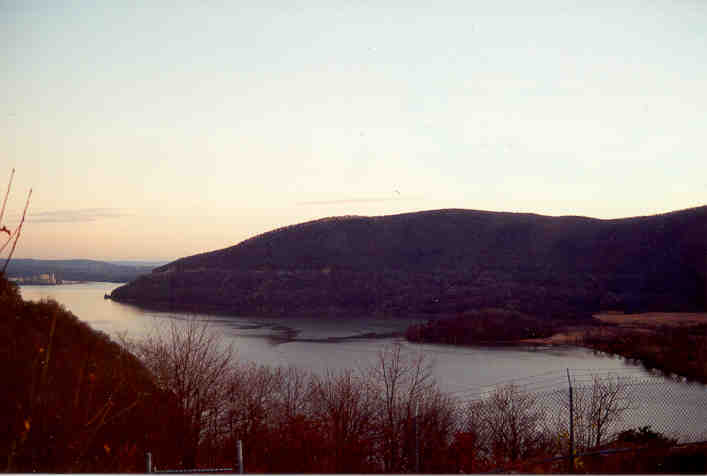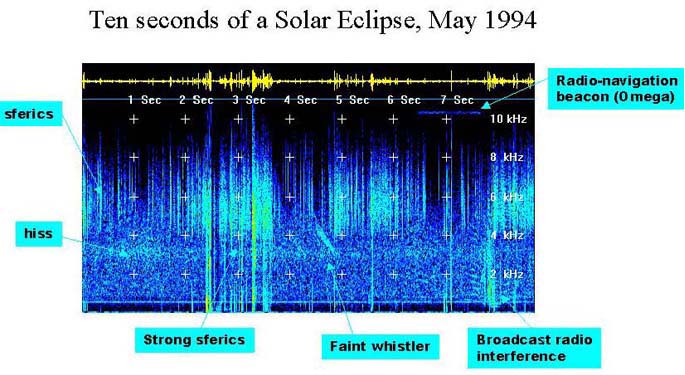
![]()

NASA INSPIRE TEAM 4 ![]()
INSPIRE, which stands for Interactive NASA Space Physics Ionosphere Radio Experiments, is educational outreach program whose primary purpose is to promote and support involvement of students in space research.
Over the last eight years or so, amateur scientists consisting of students, educators, and individuals have participated in numerous experiments involving the Space Shuttle, the MIR Space Station, and natural events like the annular solar eclipse in May 1994.Field experiments involve use of special radio receivers, which are sensitive to the 0 - 10,000 Hertz region of the electromagnetic spectrum. This region, referred to as VLF, or Very Low Frequency, is home to a wide variety of natural and man-made sounds which can be heard with an inexpensive VLF receiver. One activity supported by INSPIRE is the construction of VLF receivers from kits which they sell. The kits are high quality, straightforward to build, and result in a sensitive instrument well suited to participation in field experiments.
My participation with INSPIRE began in 1993, when I saw an article in an amateur radio magazine about the building of a VLF receiver, and participation in a Space Shuttle experiment called SEPAC. The experiment was to determine if a ground receiving station could pick up signals from a beam of accelerated electrons fired into space, and modulated at at audio frequencies. Such a beam might function as a "virtual radio antenna." The results of the experiment were inconclusive, but participation in the experiment was really fun, and I've been hooked ever since.
Links on this page will take you to various excellent internet sources on INSPIRE, VLF radio, and NASA. I have also posted some of the data I have collected while participating in INSPIRE activities.
![]()
This page is under construction - check back often for changes and updates .
Last Update: 14 September 1999.
![]()
TEAM 4 - Mike Aiello N2HTT
The Route 6 Overlook Recording Site:


View of the Hudson River from the Rt. 6 Overlook on Nov. 28 1998,
just prior to INTMINS pass 28-8.

Some Sample VLF Recordings

Click here to play sound clip.
See if you can hear the faint whistler at about 5 seconds into this sound clip. I have not had too much luck with recording whistlers at my East Coast location... probably because I'm not out early in the morning enough. This short section was taken from an eight minute section of the tape I recorded of the May 1994 annular solar eclipse. During that period I counted seventeen faint whistlers.There's a lot going on in this short clip. Can you hear all the different sound objects labeled in the sonogram?

Download ATM - Audio Time Marker Software
Check out some freeware that I have written to automate the job of placing time marker announcements on data tapes.

INSPIRE & VLF Links
The INSPIRE Home Page
This page was recently redone, and now gives an excellent overview of INSPIRE activities and publications. There is also a nice introduction to natural VLF sounds, and a source for ordering VLF receiver kits.
Larry's Very Low Frequency Site
This page is maintained by one of the active INSPIRE field teams, and provides a view from the field of VLF recording activities. Lots of data examples, too.The STSOrbit Plus Home Page
One of the key requirements of coordinating ground observers with space-based experiments is the ability to predict the time and location of the orbital platform. Dave Ransom's STSOrbit Plus is perhaps the best satellite tracking program available. Dave's program is freeware, and displays large maps showing satellite orbits and positions, as well as a host of other useful features. The program uses Two-Line Element Sets, which are sets of numbers published weekly for most satellites that describe their current orbital motions. The software, element sets, and much more are available from this excellent site.Dave's website is a treasure-trove of space-related links, well worth exploring. But here's one that I just had to copy here...
The Internation Space Station Home Page
This page is run by NASA, it's a must-see if you are at all interested in space science.